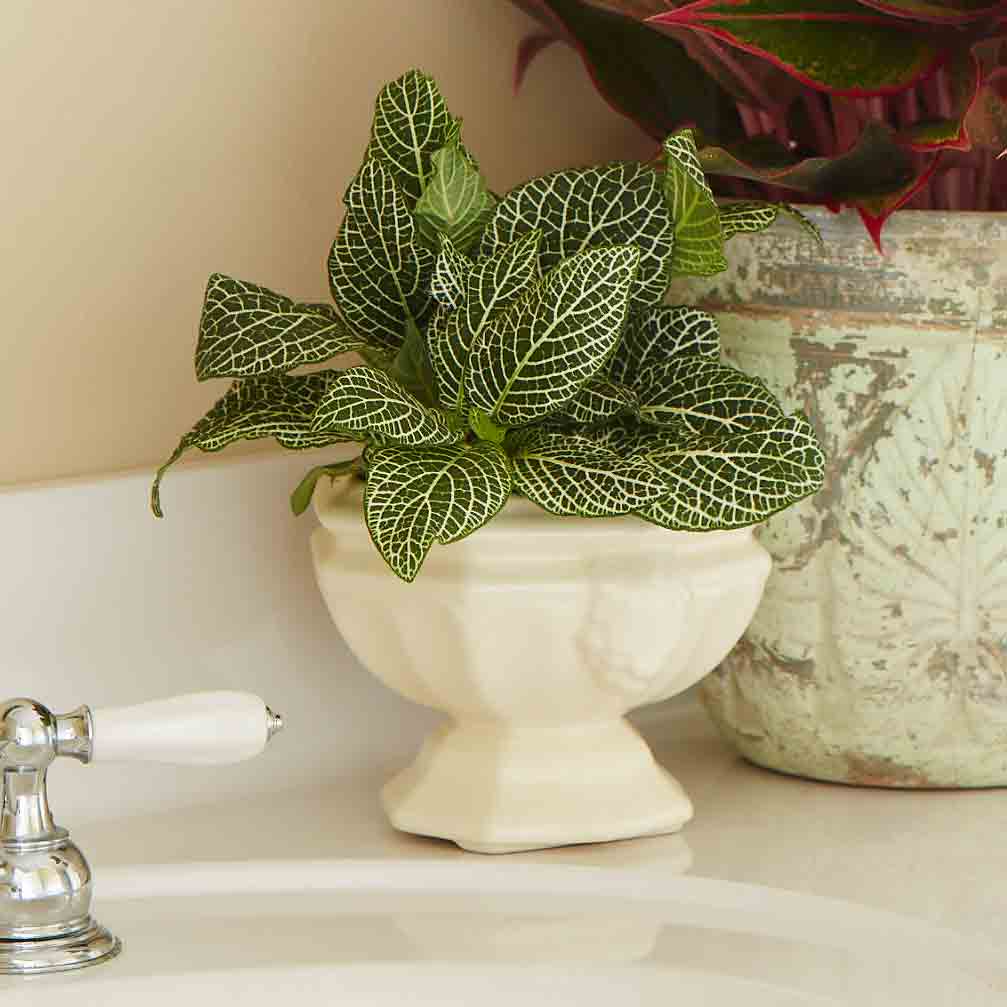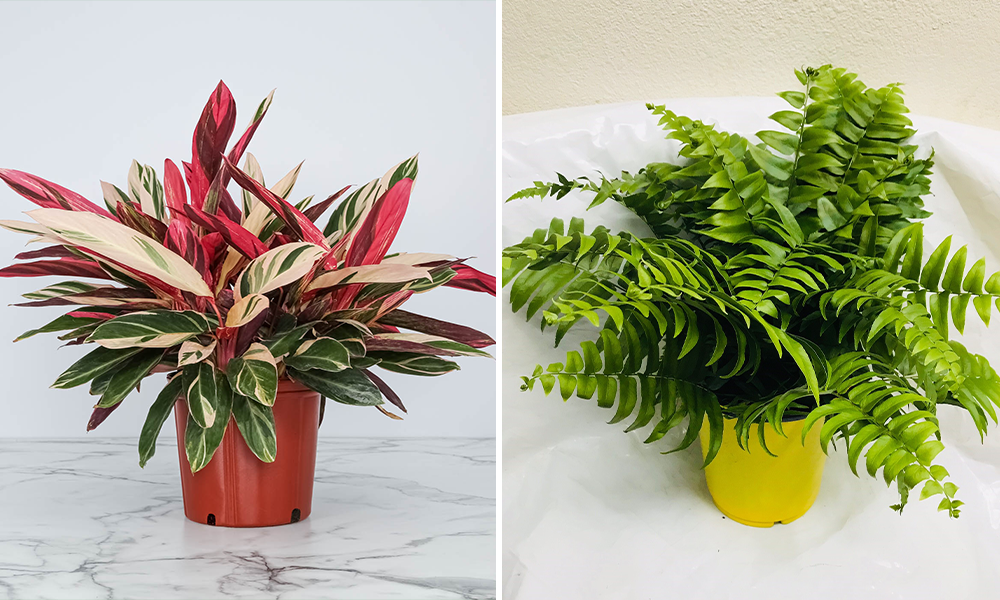Best Low-Light Indoor Plants for Creating a Relaxing and Green Environment
Best Low-Light Indoor Plants for Creating a Relaxing and Green Environment
Blog Article
Transform Your Home With Beautiful Low-Light Indoor Plants and Their Advantages
Including low-light indoor plants right into your home can considerably boost both the ecological and aesthetic top quality of your living spaces. These plants, which grow in dim conditions, offer not just as decorative aspects yet likewise as all-natural air cleansers, making them ideal for city dwellers or those with restricted sunshine direct exposure. As we explore the different kinds of low-light plants and their benefits, you might locate surprising methods to incorporate them right into your home that can transform your surroundings in methods you could not have actually anticipated.
Benefits of Low-Light Plants
Low-light plants supply various advantages for indoor atmospheres, making them a superb choice for both newbie and seasoned garden enthusiasts. Among the primary benefits is their adaptability to low-light problems, permitting people to boost their space without the need for substantial sunshine direct exposure. This particular makes them perfect for houses, offices, and other areas with restricted all-natural light.

Additionally, integrating low-light plants right into home decor can boost the visual appeal of a room. Their lavish vegetation and differed appearances produce a soothing ambience, adding to total wellness. Finally, the existence of greenery has been linked to reduced stress levels and boosted performance, making low-light plants a sensible option for enhancing both psychological and physical health in interior setups.
Top Low-Light Indoor Plants
While numerous interior plants flourish in intense light, a number of species are especially fit for low-light conditions, making them ideal for different indoor rooms. One preferred choice is the Serpent Plant (Sansevieria), known for its striking upright fallen leaves and resilience, needing minimal care. Another superb option is the Pothos (Epipremnum aureum), which includes heart-shaped leaves and can track magnificently from hangers or shelves, growing in low light and adding a lavish touch.
The ZZ Plant (Zamioculcas zamiifolia) is celebrated for its shiny leaves and capability to hold up against overlook, making it best for active lifestyles. In a similar way, the Peace Lily (Spathiphyllum) not only endures low light yet also creates stunning white blossoms, enhancing any space's visual.
For a special touch, take into consideration the Cast Iron Plant (Aspidistra elatior), which indeed lives up to its name, flourishing in the darkest edges of your home. The Chinese Evergreen (Aglaonema) supplies a selection of fallen leave patterns and shades while being incredibly flexible in low-light problems. These plants not just improve interior environments but also add to air filtration, boosting your living room.
Treatment Tips for Low-Light Plants

Sprinkling practices are essential; these plants usually prefer slightly dry problems. Overwatering can bring about root rot, so make Continue certain that the top inch of dirt is completely dry prior to sprinkling again. Use pots with drainage holes to allow excess wetness to get away.
Moisture is an additional important factor. Many low-light plants, such as brushes and peace lilies, take advantage of greater moisture degrees. To boost moisture, take into consideration misting the fallen leaves or positioning a tray of water near the plants.
Fertilizing should be approached with care. Throughout the expanding period, utilize a weakened, well balanced fluid plant food on a monthly basis to sustain development, however prevent fertilizing during the dormant winter months.

Creative Ways to Show Plants
Interior plants can function as fascinating focal factors in any room, improving both visual allure and ambiance. Innovative screens can boost the visual effect of low-light plants, making them an important component of your home decor. One reliable method is to use tiered plant stands, which enable you to display numerous plants at differing heights while taking full advantage of flooring room.
Hanging planters are an additional cutting-edge option, creating a sense of depth and drawing the eye upward. Think about macramé hangers or wall-mounted shelves to introduce a distinct structure and style.
For a much more organized method, usage geometric terrariums or glass containers to house your plants, adding a contemporary touch to your indoor yard. You can additionally repurpose vintage things, such as teacups or wood pet crates, for a diverse display screen that mirrors your individuality.
Enhancing Home Atmosphere With Plants
Incorporating low-light plants right into your home not just improves visual appeal but additionally adds dramatically to the general setting. These plants offer as all-natural design elements, introducing a feeling of peace that can change any type of room. The presence of plant cultivates a soothing environment, which is particularly beneficial in high-stress settings such as home workplaces or living areas.
Low-light plants, such as snake plants, pothos, and ZZ plants, are not only cosmetically pleasing however also boost interior air visit the site quality by filtering system contaminants. This double function boosts the atmosphere further, developing a healthier home (Best low-light indoor plants). The critical positioning of these plants can also affect the understanding of space; for example, tall plants can draw the eye up, making ceilings appear greater and areas a lot more roomy
Moreover, differing textures and shades of foliage include depth to indoor design, enabling innovative expression in home designing. Whether put on racks, in corners, or as focal points, low-light plants can elevate the mood of any area. In recap, integrating these plants right into your home is an effective means to foster a warm, welcoming atmosphere while profiting of enhanced air top quality and aesthetic convenience.
Conclusion
Integrating low-light interior plants into home atmospheres offers many advantages, including improved visual allure and improved air high quality. These resistant plants, such as the Serpent Plant and Peace Lily, need very little light and maintenance, making them appropriate for diverse way of livings. Their capability to filter pollutants adds to a healthier home, while their diverse textures and colors enhance indoor style (Best low-light indoor plants). Eventually, the incorporation of low-light plants cultivates a serene and inviting atmosphere, transforming any type of home right into a serene sanctuary.
While numerous indoor plants flourish in brilliant light, a number of types are especially well-suited for low-light conditions, making them suitable for numerous interior areas. One efficient technique is to utilize tiered plant stands, which allow you to showcase numerous plants at differing elevations while optimizing flooring area.
Low-light plants, such as snake plants, pothos, and ZZ plants, are not just cosmetically pleasing however likewise improve interior air top quality by filtering system toxins. Best low-light indoor plants. The calculated placement of these plants can also affect the understanding of space; for instance, high plants can draw the eye upward, making ceilings show up greater and spaces more sizable
These resistant plants, such as the Snake Plant and Tranquility Lily, call for minimal light and upkeep, making them appropriate for diverse lifestyles.
Report this page